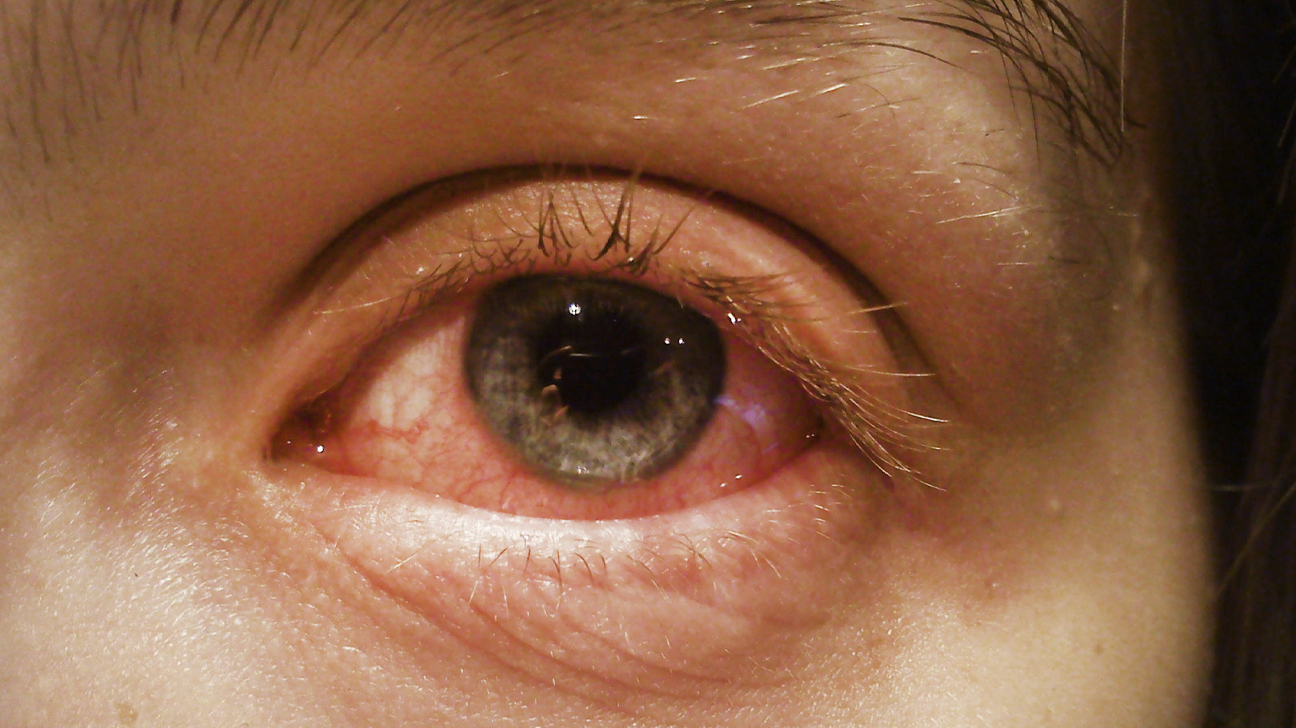After the covid-19 incident and 3 years of lockdown another disease called Eye flue is spreading throughout the world especially in the Asian countries like Nepal and India.
During this monsoon, a virus is spreading throughout the country from the Terai to the mountains. Many people are getting infected by it.
During the rainy season, viral and bacterial infections are prevalent, and one of the results is eye flu. Viruses, bacteria, allergens, and environmental factors can cause this condition. Here, we will explore the eye flu symptoms, its causes, prevention and treatment options.
Viral conjunctivitis, commonly known as eye flu, is an infection that causes redness, itching, and irritation of the eyes. This infection is prevalent during the monsoon season, as bacteria and viruses can easily invade our eyes, leading to various eye diseases.
we will break down the conjunctivitis symptoms and indicators in this post.
Redness of the Eye:
The redness of the eyes is one of the main and most obvious signs of conjunctivitis. Because of the pink or red colour of the eye caused by the inflamed blood vessels in the conjunctiva, the condition is frequently referred to as “pink eye.” Depending on the underlying cause of conjunctivitis, the degree of redness can range from mild to severe.
Itching and Irritation:
Conjunctivitis frequently causes itching and irritation in the affected eye or eyes. People may feel the urge to touch their eyes to ease the itching, which can range from mild to severe. However, in the event of infectious conjunctivitis, scratching the eyes can exacerbate the illness and possibly transmit the infection.
Watery or Discharge from the Eye:
Conjunctivitis can cause the eyes to tear excessively or discharge. While bacterial conjunctivitis may provide a thicker, yellow or greenish discharge, viral conjunctivitis typically results in a clear and watery discharge. Due to the body’s immunological reaction to allergens, allergic conjunctivitis can also result in watery discharge.
Swollen Eyelids:
Conjunctivitis occasionally results in swollen eyelids, making it difficult to fully open or close the eyes. The inflammation that affects the tissues of the eyelids usually causes swelling.
Sensitivity to Light (Photophobia):
Conjunctivitis can cause photophobia, a condition in which the eyes become sensitive to light. People who have conjunctivitis may experience discomfort and suffering when exposed to bright lights or sunshine.
Crust Formation on the Eyelids:
Particularly after waking up in the morning, bacterial conjunctivitis can cause the development of crusts or “eye boogers” on the eyelids. These crusts develop as a result of dry discharge gathering on the eyelids while you sleep.
Foreign Body Sensation:
Some people with conjunctivitis could feel as though they have grit or a foreign body in their eyes. This sensation may be uncomfortable and increase the desire to massage one’s eyes.
For early detection and suitable care, it is essential to recognise the symptoms and signs of conjunctivitis. A qualified eye care practitioner must be consulted if you suffer redness, irritation, excessive tearing, or discharge from your eyes in order to make an accurate diagnosis and receive the appropriate treatments. While the majority of conjunctivitis instances are not dangerous and can be treated with self-care or medical procedures, prompt treatment can help reduce discomfort and stop the conjunctivitis from spreading to other people. Keep in mind that having healthy eyes is crucial for sustaining vision and general wellbeing.
Preventing eye flu symptoms involves adopting simple yet effective hygiene practices:
• Frequent handwashing with soap and water prevents virus transfer to your eyes.
• Avoid touching your eyes with unwashed hands to prevent introducing viruses to the sensitive eye area.
• Use clean towels and avoid sharing personal items like towels or eye makeup in public spaces such as gyms or swimming pools.
• You should avoid close contact with individuals having eye flu symptoms to reduce the risk of transmission.
• You can cover your mouth and nose while coughing or sneezing to prevent the spread of viruses.
• Regularly clean and sanitise the items that come into contact with your face, such as sunglasses and makeup brushes.

